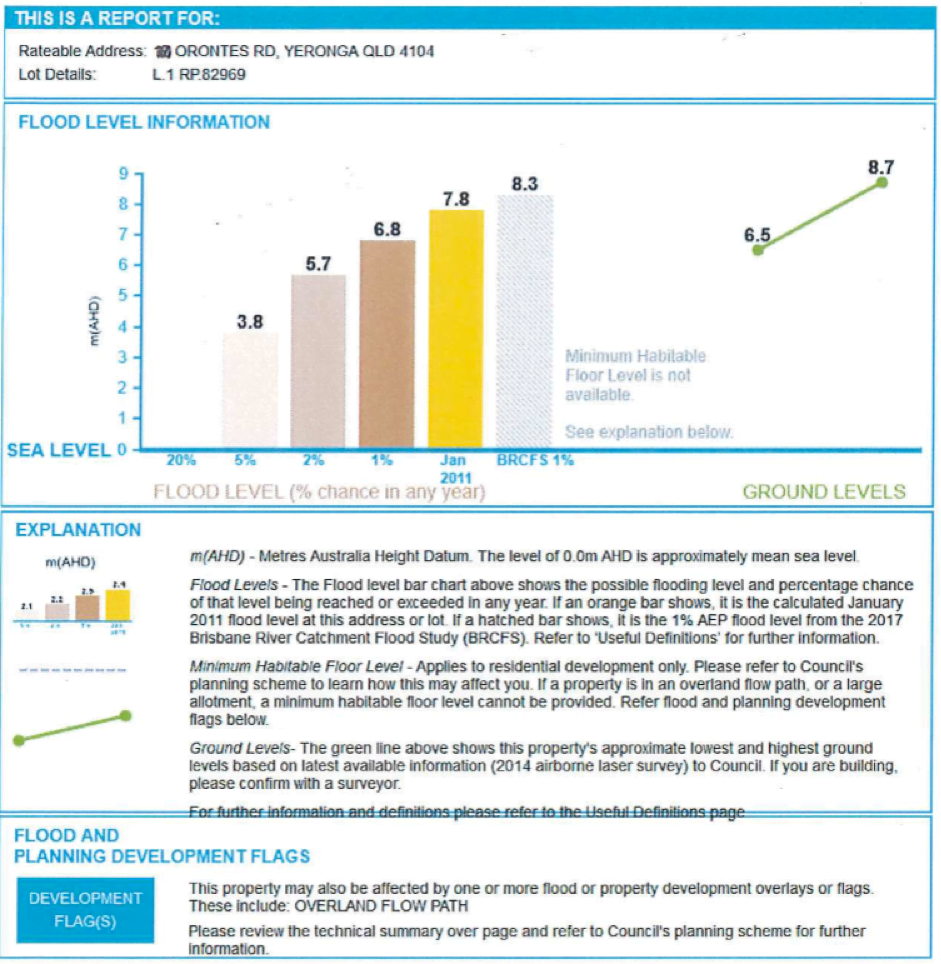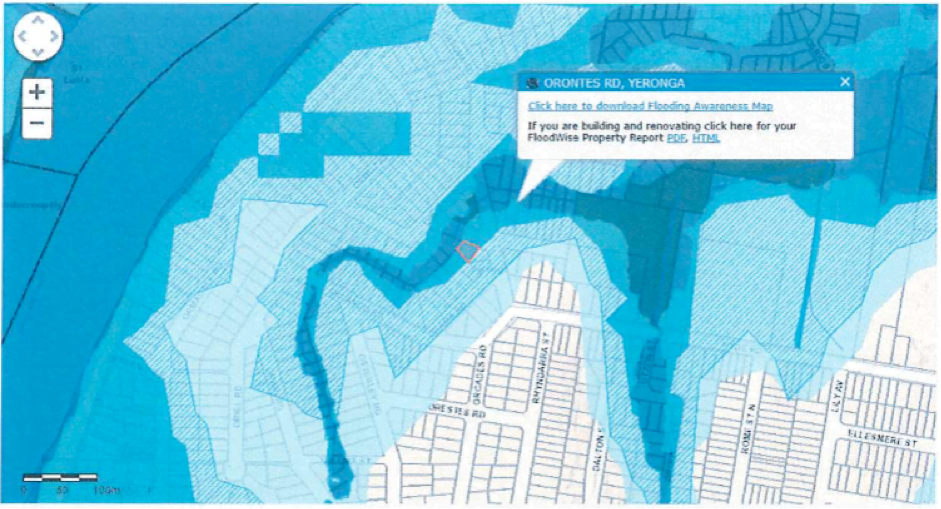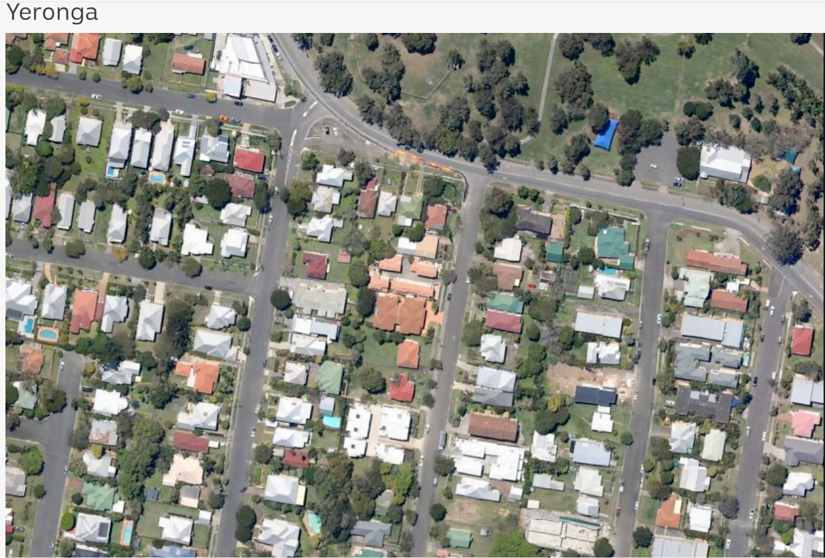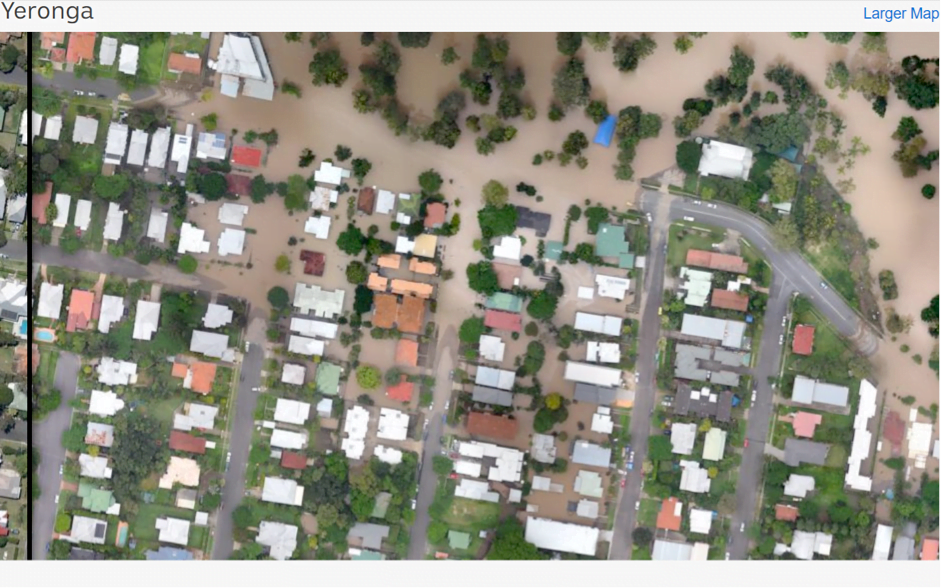Written by Stephen Hains
In the article “Tenants that Don’t Pay”, Phillip outlined steps and approaches to manage tenants that pay late.
The steps to encourage tenants to remedy their rental arrears includes a legal letter of demand and contains a warning that they have 14 days to remedy their arrears or you will lock the doors. In the very rare cases when a tenant defaults on their lease it is important to know what the landlord can do to minimise your exposure.
Recently one of my café owners indicated they were experiencing financial hardship and wanted to move from monthly billing to weekly. The tenant had another shop that he also operated nearby that was doing well, and that shop was propping up the struggling cafe. Based on the overall cashflow from both café’s I agreed to the weekly invoicing for a short period – until the tenant’s shop improved its turnover.
Weeks turned into months and although the tenant seemed to be doing everything right their fortunes did not change and they slipped into rental default. The tenant started missing rental payments and ignored my requests to source a personal loan from the bank, after the tenant reached 4 weeks in arrears I had no choice but to issue a letter of demand giving them 14 days notice to remedy their arrears or be locked out. The tenant could not remedy their arrears and provided me notice that they would be closing the business.
The tenant had pulled the pin 18 months into a 5 year lease, not only was I out of pocket 6 weeks rent, I now faced the challenge of finding a new tenant. I would need to meet the cost of advertising, paying agent commission fees and the typical request from an incoming tenant for a rent free fit-out period, or a fit-out contribution.
The exposure is magnified by a period of no rent while the shop was vacant. But wait, don’t forget the tenant’s bond is available to mitigate the loss. When I purchased this shop, I inherited the tenant, I knew he was a highly regarded chef that was running two cafes in neighbouring suburbs. Having two shops and the lease in a company name (Pty Ltd) is usually a warning sign, but the lease had a significant 4½ month bond, held in the form of a bank guarantee. Having the lease in a company name means if they default the landlord has no access to the tenant’s personal assets, i.e. their home. The original landlord protected themselves against this risk by requesting a large bond, hence this security transferred to me as the new owner.
When the shop’s doors were locked, the tenant had cleared out some of their items and called in an administrator. The tenant left behind tables, chairs, fridges, beer kegs, iPad, hundreds of dinner plates and cutlery and a $200,000 fitout that was just two years old. These were all the assets this now bankrupt business had, so the tenant abandoned them for the liquidator. The fit-out included cool rooms, stainless steel benches and cooking equipment, plus a $120,000 rangehood. All these items were custom built for the shop and financed on their own lease with the supplier.
At first, I thought “Thank goodness I have a large bond and the new kitchen fit-out should enable me to attract a tenant quickly”. The typical avenue to pursue the tenant for damages, lost rent and advertising costs quickly closed when I was informed by the administrator that the tenant owed $260,000 to the ATO and the bank. The banks and other secured creditors holding first mortgages will strip any remaining assets well before my claim gets addressed, there would be nothing left.
The sage advice from my lawyer when I locked the doors was “don’t hold your breath for anything other than the bond you’re already holding”. I quickly executed the bank guarantee bond which meant it was no longer an asset of the failed business, it is rent in advance. Therefore removing this as a potential asset for the hungry secured creditors.
The next concern was all the equipment left in the shop, although this made it look occupied for advertising and the future restaurant tenant, it meant I had to dispose of it if the new tenant did not want it. Also, don’t forget the large items (cool rooms, rangehood) were on a lease and the liquidator was requesting a payout of the lease about a month after the default. Note, as the landlord you have the high ground with these fixed assets, they are not in your name, they are large assets and liquidators do not want to remove them as they would have a greatly reduced second-hand value. Ideally they attempt to negotiate a buy-out figure with the new incoming tenant to take on these assets. The advantage for the new tenant is that often the assets can be secured well below their market value, as liquidators typically want a rapid close to proceedings so they can write these distressed assets off their books and close the matter.
With regards to the liquidator, time is on the landlord’s side, until a new tenant is secured and has indicated which assets they wish to keep, the liquidator can’t do anything. In preparation for my new tenant I had negotiated all these leased assets for a price of $14,000, down from its $200,000 position two years earlier. When the tenant finally indicated what assets they wanted, it was only half the items on the liquidators list, I then managed to negotiate these items for just $6,000. However, as expected, the liquidator did not want to incur the cost of removing the remaining assets and simply chose to write them off. I included all this equipment as part of the new lease, instead of a typical 6 month rent-free period for a 5 year lease, the new tenant agreed to 3 months with all the equipment included.
By the time I had a new tenant signed up it was 5 months after originally locking the doors, I then incurred a 3-month rent-free period for the tenants fit-out. The total period of lost rent was 9½ months, the bond accounted for 4 1/2 months of this, but there was also advertising and agents commission for the new tenant which equated to two month’s rent. All up, I was 7 months of gross rent in arrears.
A failed tenant is an unwanted thing to endure, but it is good to know there can be light at the end of a dark tunnel. For me, I secured a new burger restaurant chain that has added value to my building, I now have a new tenant that has invested heavily in his fit-out and signage giving me the confidence that he will be there for many years to come.
Some of the lessons learned from this experience:
- Avoid tenants that split their time between two or more shops, this usually means their focus is diluted and long hours required to manage two shops tends to be unsustainable.
- Beware of tenants operating the lease as a Pty Ltd. As a minimum you should request a personal guarantee and where one won’t be provided then a larger bond or bank guarantee should be sort.
- There’s an old expression, “Cash is King” and holding a large cash bond or bank guarantee was better than a personal guarantee.
- Do not allow tenants to get beyond 1 month in arrears before you issue a letter of demand to remedy within 14 days.
- Do not count on anything from a defaulter other than the bond. Any more than this is a bonus, the landlord is an unsecured creditor and often the last in the line of creditors to be paid.
- If you have a bank guarantee, go to the bank immediately after the tenant defaults to cash it in. You don’t want other creditors making a claim on it.
- The bond never covers the vacancy time, advertising and rent-free period, so start advertising for a new tenant as soon as possible
- Consider a rainy day account to cover at least 4 months of the mortgage and outgoing payments, just in case.





